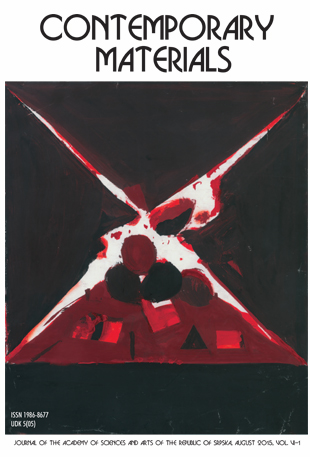RADON SURVEY IN THE BUILDINGS OF PRE-UNIVERSITY EDUCATION IN MONTENEGRO
DOI:
https://doi.org/10.7251/COMEN2001009VAbstract
During the academic year 2016/17 (September − June), radon was surveyed in all 519 buildings of the pre-university education in Montenegro – primary, high and vocational schools, kindergartens, institutes for children with special needs and student dormitories. Radon detectors (Radosys,RSFV type) were placed in all classrooms, rooms occupied by children and offices on ground floor, and in some rooms on the upper floors. The total number of detectors was 4078, of which 285 were duplicate (control) detectors. During the radon survey, 11.4% of the detectors were lost or damaged. Average 9-month radon activity concentrations were obtained for 3345 rooms in 507 buildings. Mean values of radon concentrations in the rooms were AM = 243 Bq/m3 and GM = 142 Bq/m3, while the corresponding values for Montenegrin dwellings, found in the national radon survey, were more than twice lower. Radon concentrations above 300 Bq/m3 were found in 23.3% of all surveyed rooms and in 3.4% of the rooms they were above 1000 Bq/m3. Radon activity concentrations above 300 Bq/m3 were measured in some rooms in 44% of the buildings, and those above 1000 Bq/m3 in 9.5% of the buildings. Radon levels in educational buildings are significantly higher than in Montenegrin homes, which means that children and educators are more exposed to the harmful effects of radon in schools and kindergartens than at homes (for equal durations of stay in them). This could be resulting from the type of construction of educational buildings, which are usually large low-rise structures, and from a relatively high average age of these buildings.
Keywords: Radon survey, educational buildings, 9-month long measurements.
